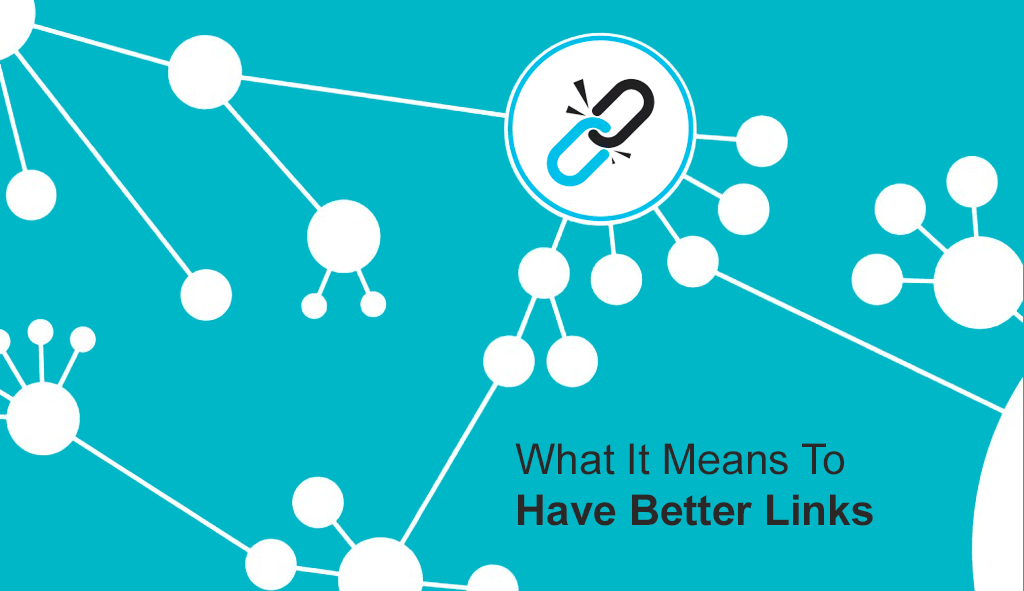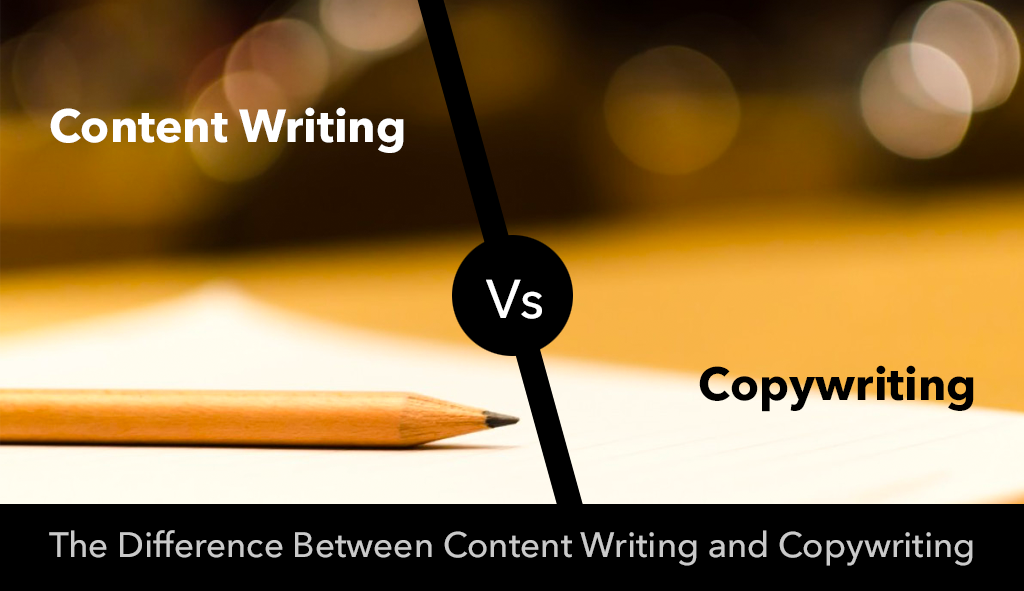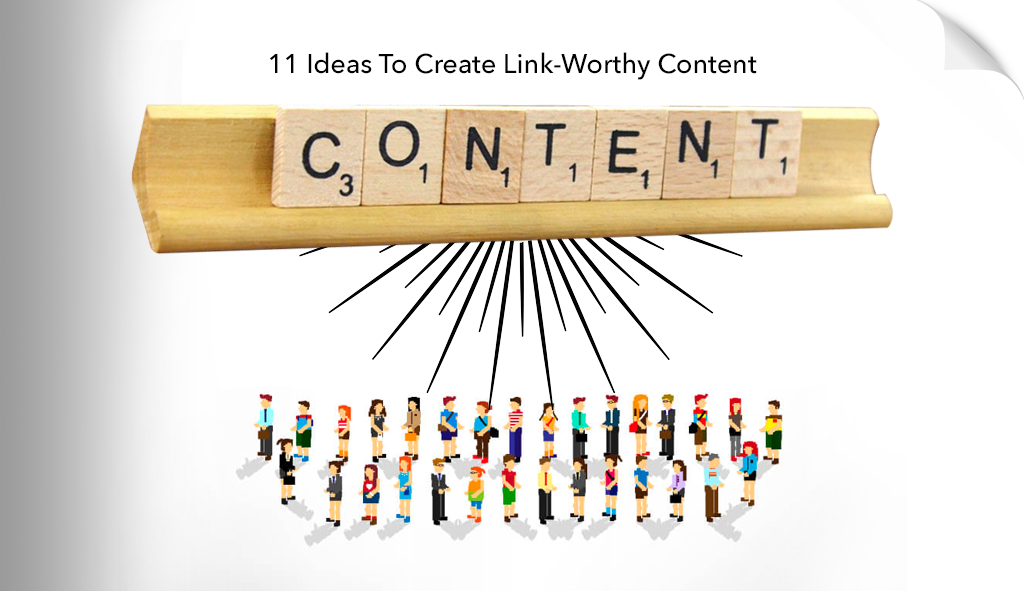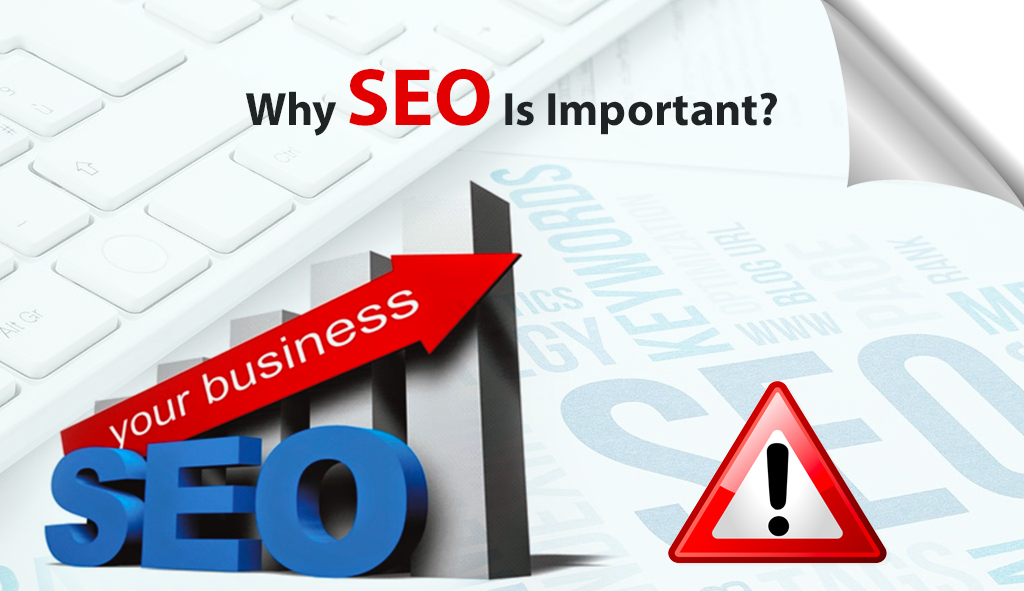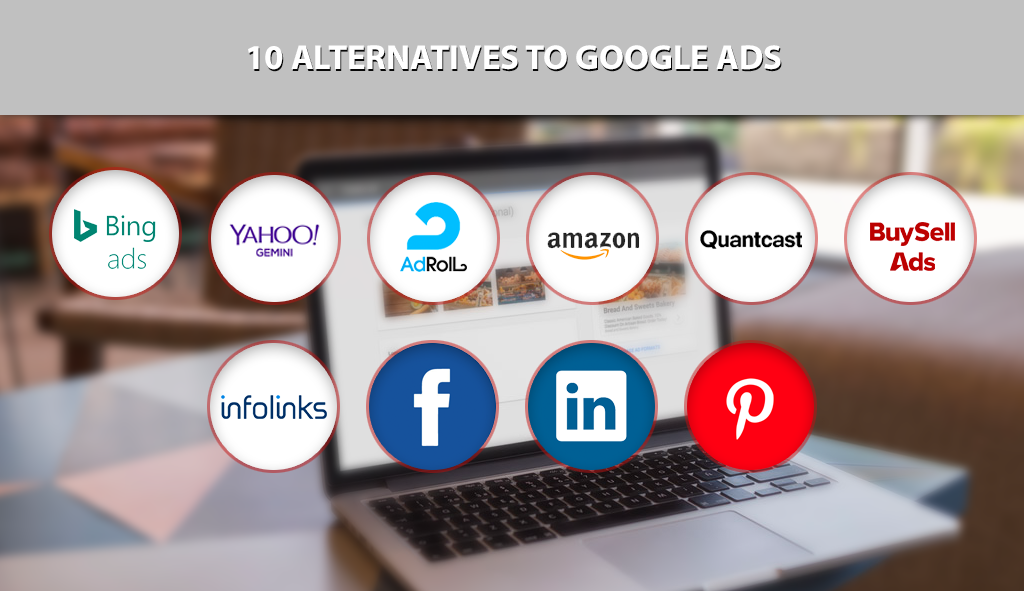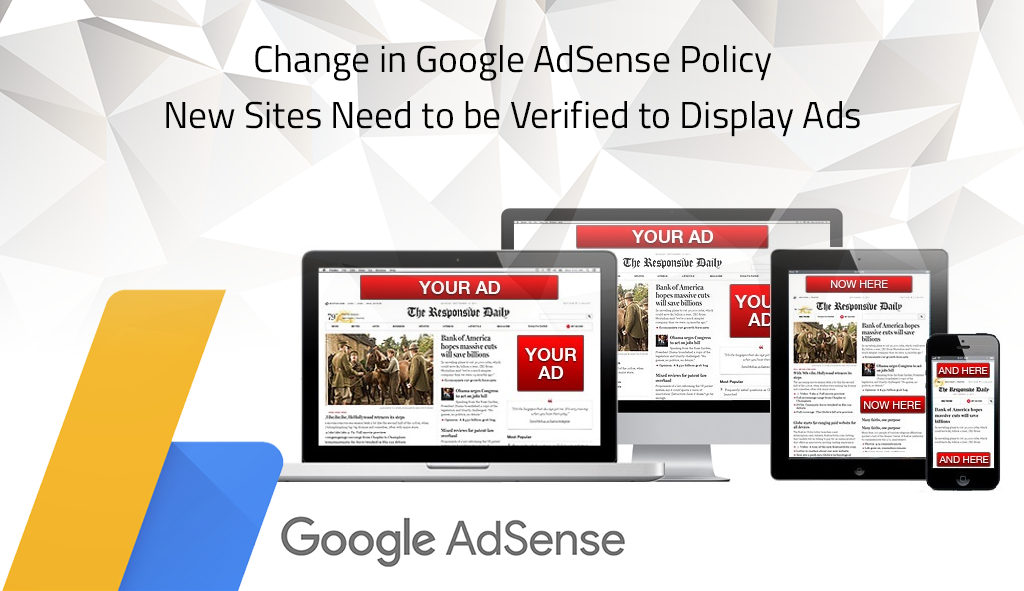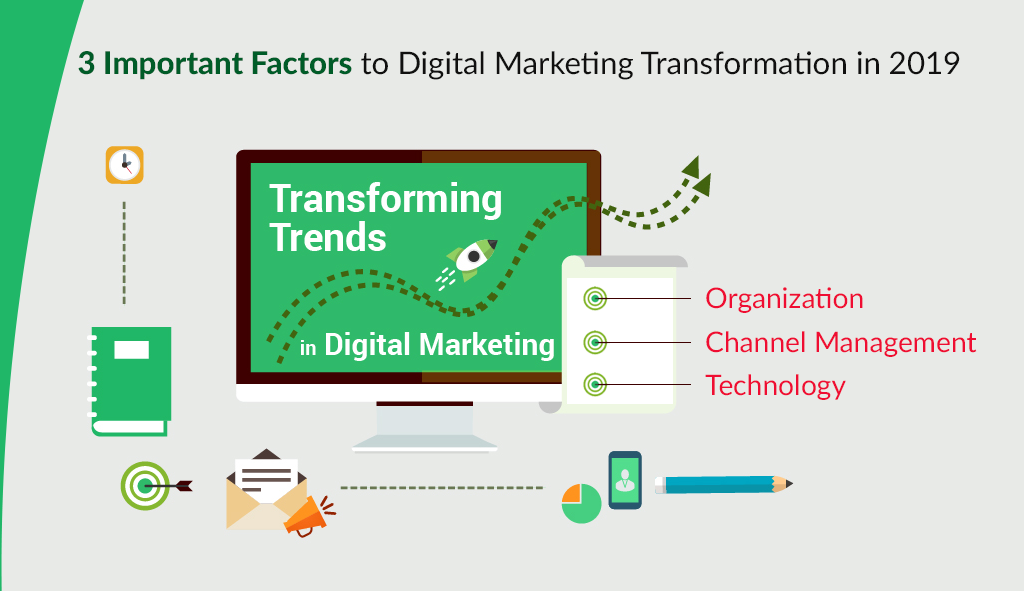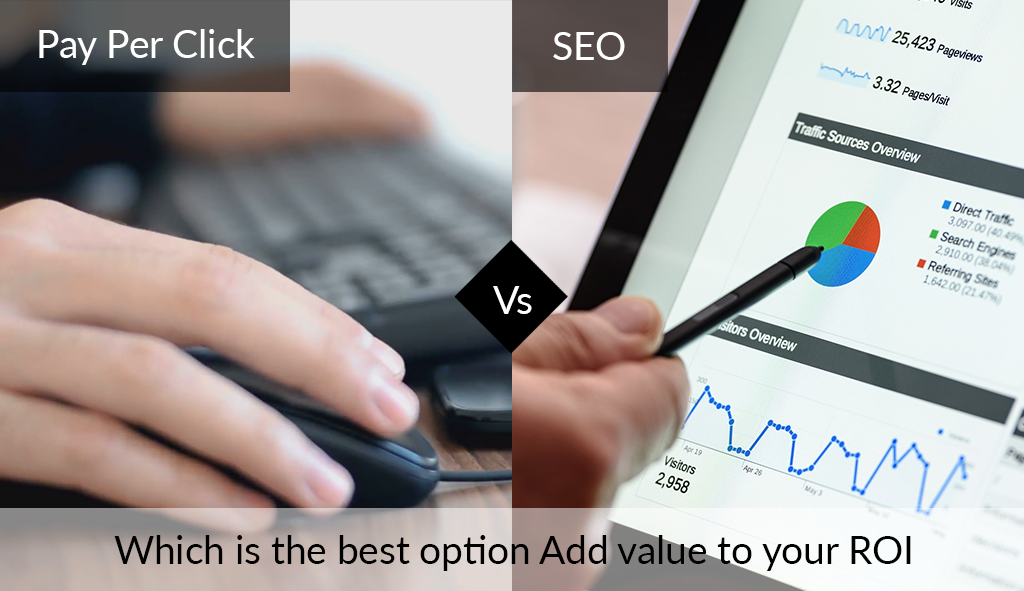Creating link worthy-content is not easy. It requires time, planning and strategy. The type of links that you want is editorial link or natural link and the hardest to get. Editorial links are the best kind of links which Google wants you to build. But before doing that you need to understand what is link-worthy content?
What is link-worthy content?
To put simply, link-worthy content is useful content. Link-worthy content typically comes in four forms:
- Informational: Typically the latest news.
- Inspirational: Any content that inspires people to take action, such as self-improvement or supporting a cause.
- Educational: Educational content teaches something new to people.
- Entertaining: The content that provides amusement and plays on the emotions of consumers.
Ultimately you want your content as the best answer asked by your target audience. There is a lot of content available on the web. Most marketers fail to gain any traction using content such as views, shares or links.
Utmost Focus on Content
Creating awesome content that attracts links isn’t easy. The competition is also fierce. There is multiple number of content available in the web in the form of blog, infographics and video. It is often found that a good content gets out-performed by inferior content. The reason – the good content isn’t marketed properly.
Consider content as an asset. Just like property and stocks, your content has the potential to generate valuable links that will help your SEO. But creating link-worthy content is the half of the battle.
Establish Relationship with Influencers
You create a awesome content and if nobody finds it on the web, it’s all waste of time and effort. Unfortunately, great content doesn’t guarantee you links. This is the reason you need to build relationship with influencers. When you’re working with influencers, you’re not only working with that influencer. But you’re also adding their entire network. A recommendation from a true influencer can instantly make your content more appealing to a whole new audience. Influencers may have a loyal following on social media. They may run a blog or website. Or they may be journalists.
11 Ideas to Create Link-Worthy Content
To create something engaging, relevant and link-worthy, takes time, skill and money.
- Create Evergreen Content
News content has a short shelf life. That’s why you should pick up on topics that are more evergreen. Evergreen content are the resource that remain useful and relevant long after it published. It rarely changes and always in demand from the audience. This could be:
- Guides
- E-books
- How-to-posts
- List
- Explainers
- Checklists
- Start a Podcast
A podcast naturally attract links because every time you interview a guest, they will likely link to your page. Plus, you’ll attract links from other industry sites and blogs if your podcast is popular.
- Create a Resource Centre
In addition to publishing and promoting your content, you also have to organize in such way that will make sense for your audience as well as new visitors. A content resource center is the perfect solution for you. Creating guides, case studies, webinars, whitepapers and checklists requires time and money both. Some people would rather just link to your resource center rather than creating their own.
- Be a Thought Leader
Even if you don’t consider as a thought leader, start writing like one. Do things that make you stand out.
- Be Confident: You know your staff. Show it to the world.
- Be Original: Don’t just rewrite old ideas. Lead, don’t follow.
- Be Authentic: Just be you.
- Be Interesting: Being interesting demand people’s attention.
- Expert Roundup
Write something that attracts the attention of marketers. Rather than writing about marketing, use quotes of the marketers. The concerned marketer will eventually share it.
- Partner With Another Brand
Partnering with another brand is really important. Co-authoring through your partnerships exposes your piece of content to a new community or audience. It is also important to co-author as they never disappoint. When you co-author with someone else, you agree to spend equal cash flow on paid amplification. By utilizing both teams for paid amplification, you can utilize different target audiences with our content syndication partnerships, social ads and native ads.
- Target & Optimize for Relevant Keywords
Create content that relevant to your company. First decide your keywords and create content around those group of keywords.
- Add Visual Content
Add images, infographics, data visualization, Gifs. All these can help you to tell story.
- Formatting Matters
Nothing is off-putting for readers to read a giant block of text. It is ideal to use subheadlines, short, simple sentences, bulleted list, block quotes, bolding and italics.
- What’s Your Angle
What makes your content different from other published on the same topic? If you don’t know then you may not have a link-worthy content. Rework on your content until you find your own angle.
- What Would You Link To Your Content?
This is probably the ultimate test. You should know your audience, your industry/niche and what they want. So the big question– would you link to your own content? If you don’t like to link it then you can’t expect from others.
The benefit of link-worthy content is that it attracts links in short-term and long term. It also helps to build a positive relationship inside and outside of your community. It position you as a thought-leadership role.



